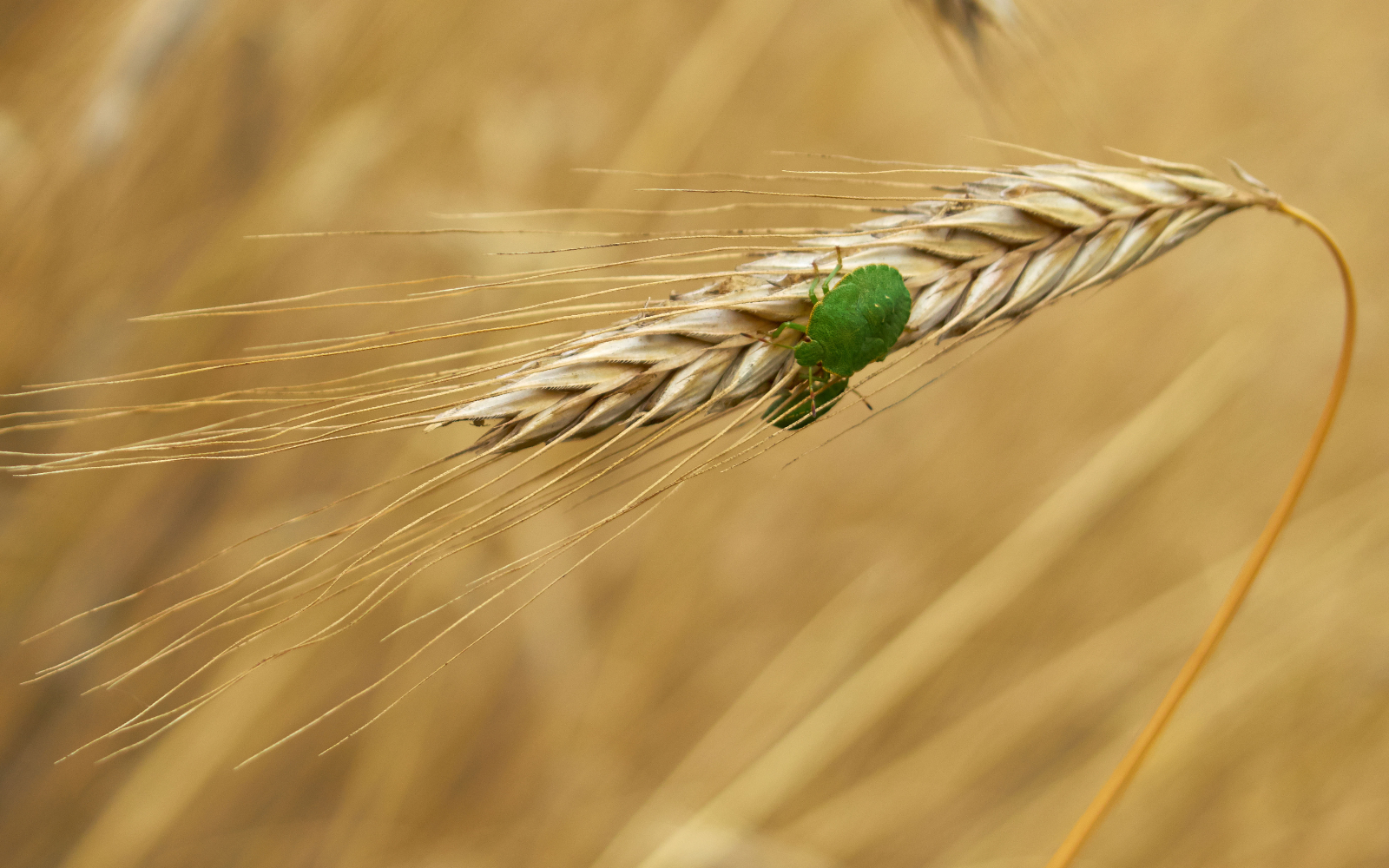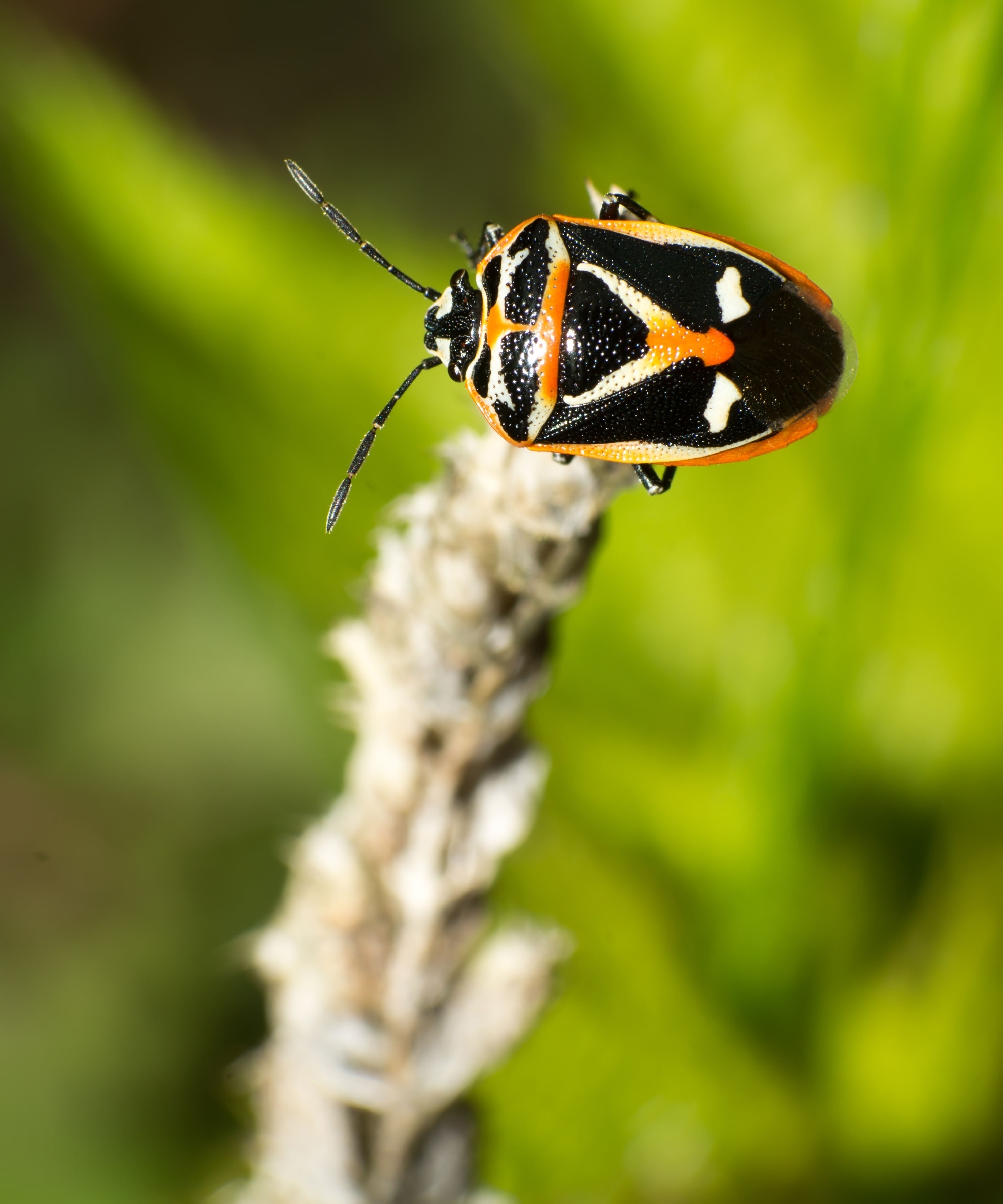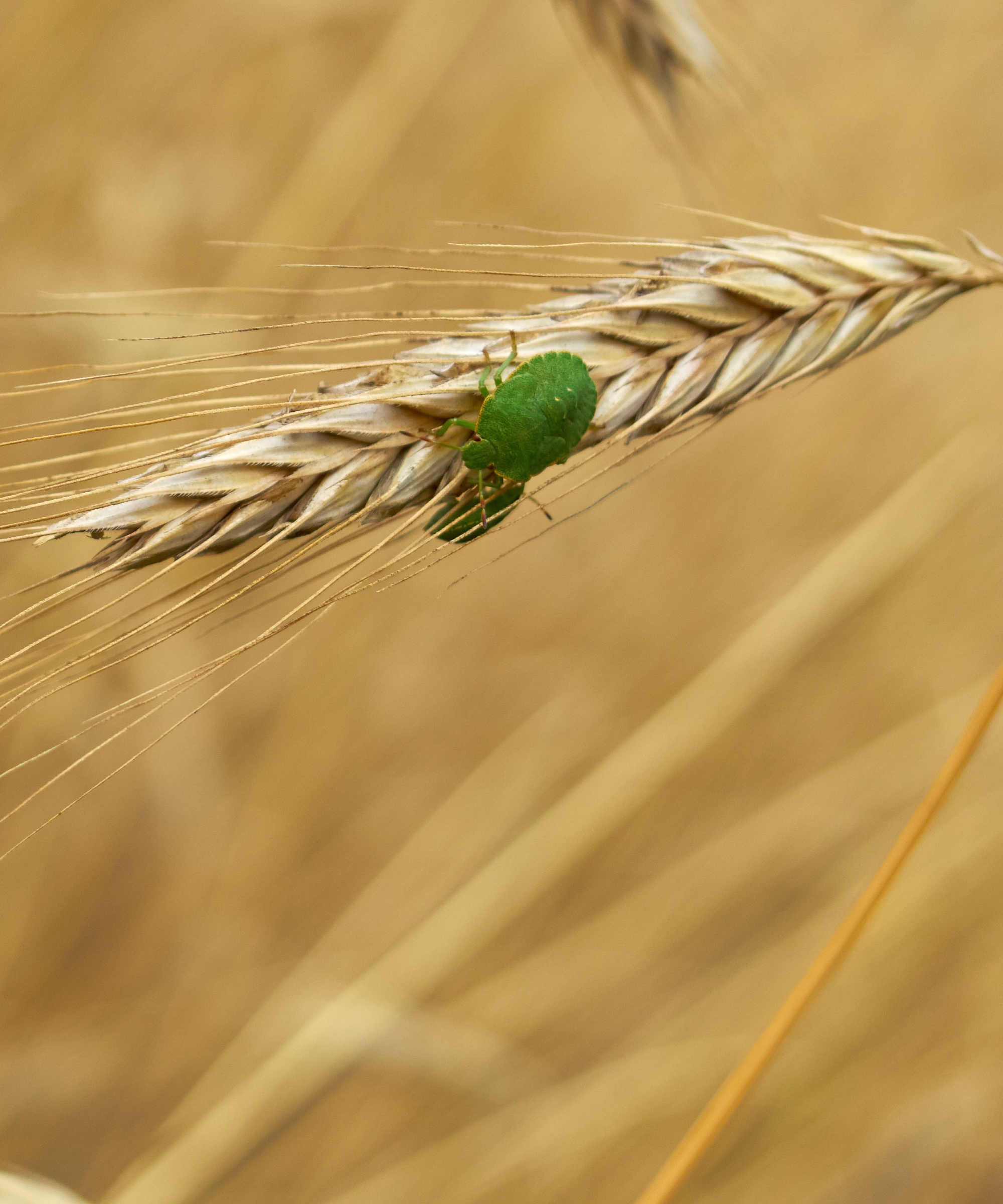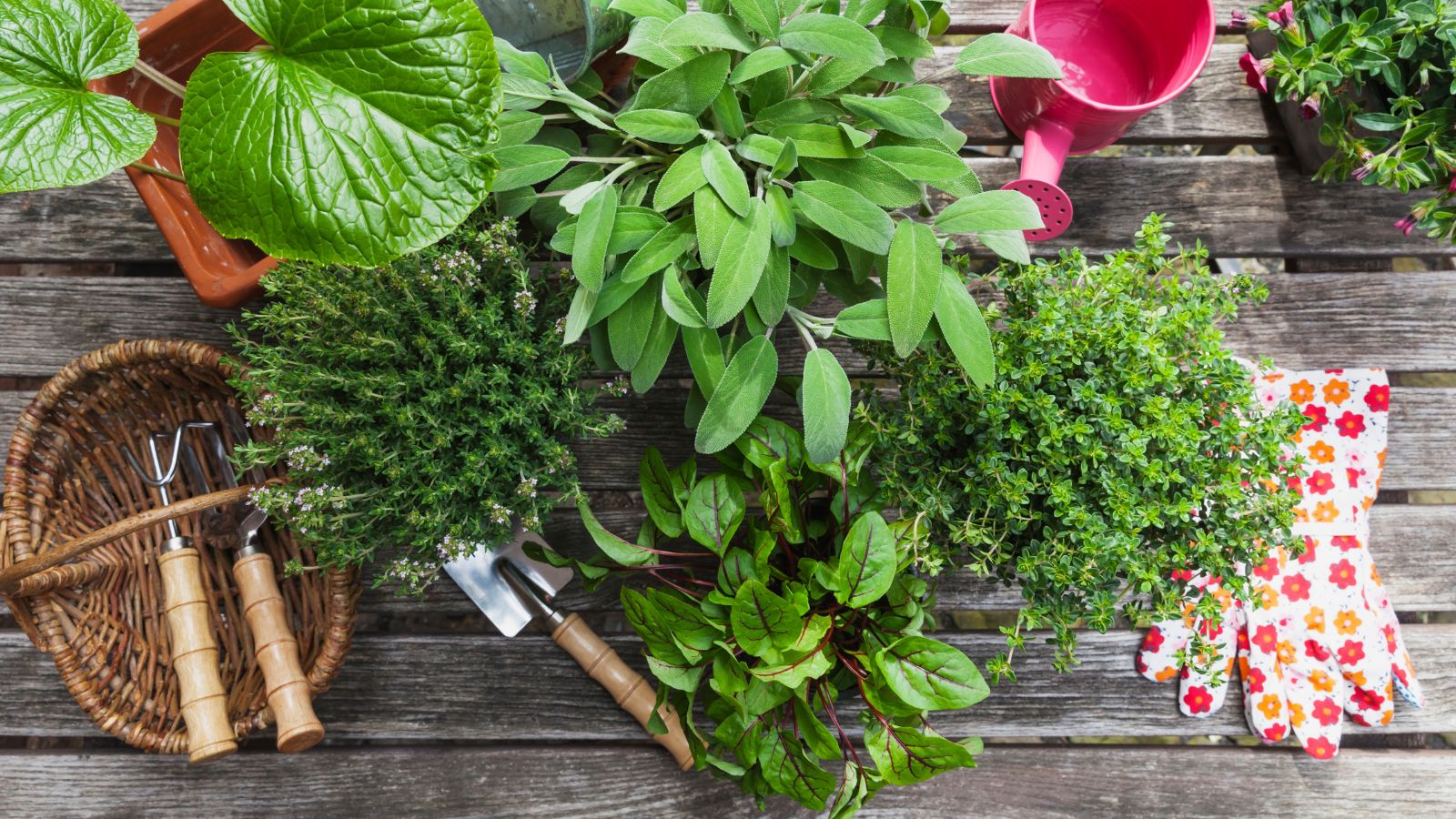Why do stink bugs come into the house? And why there's more of them this season
Stink bugs are on the rise this season – this is why they come into the house – and what to do about it


Wondering why stink bugs come indoors? While this question is by no means limited to one season, you may have heard it more frequently over recent weeks.
Unlike some species of insects that are unable to live through the cold, stink bugs can survive winter – and they do so by finding a warm place to hibernate. In many cases, that means invading our homes.
Knowing how to get rid of stink bugs is essential if you've had a sighting around your home, but understanding the reason for them being there is the first step of the process.
If you know why stink bugs come into the house, you can get ahead in preventing them from invading your space. Or, if they're already inside, you can work out how to get the back outside again.
Here's what the experts suggest you do as stink bug hibernation season hits us.
Why do stink bugs come into the house now?
'Stinkbugs are part of a group that 'hibernates' over winter, like woodchucks, chipmunks, and to a lesser extent, bears. In other words, adult stinkbugs stay alive over the winter, and they do so by finding a cozy place to wait it out in a snoozy state,' explains Dr Charles van Rees, PhD, a conservation scientist and naturalist at the University of Georgia.

Dr Charles explains that stinkbugs are attracted to our homes because they are 'well-insulated, climate controlled, and dry' – environments that are perfect for us humans and other animals and insects in winter, too. (It is likely that you may need to know how to get rid of fruit flies and some spiders that are similarly dormant over winter, too.)
'Stinkbugs enter the home to find a quiet, dry, and warm place to wait out the worst of the weather. Their main cues that winter is coming are probably night-time temperatures and shortening days since their eyes are perfectly capable of detecting changes in light,' Dr Charles says.
'They will typically show up around windows where they might be getting access to your home, or on walls or the corners of ceilings where they're looking for a place to nestle in. These are the places you're most likely to stumble across them.'
The expert explains that, typically, stinkbugs like to live inside your walls, closets, or in your attic, where you are less likely to bother them. So, there is a chance that you may be accommodating stink bugs without knowing.
What do stink bugs in the house mean?
If you have found a stink bug in your house, it is seeking shelter from cold weather. Dr Charles van Rees, PhD, conservation scientist and naturalist at the University of Georgia, explains that the insect enters your home to enjoy its warm conditions while hibernating.
AH David from Pest Control Weekly mirrors these sentiments, adding that your lighting ideas may also invite the stink bug into your home. He explains how the bug is attracted to light as it leads them to a safe, comfortable place where they can reside for the winter.
Stink bugs are also attracted to fruit and citrus trees as well as vegetables, which is important to bear in mind when cooking fresh food over the next few months.

How can I get stink bugs out of my house?
Sometimes, the simplest ways are best – and this is the case with stinkbugs.
'I use the 'jar and postcard' method of capturing them and throwing them outside,' Dr Charles van Rees says. Despite their unpleasant name, stink bugs are not harmful to people or pets – at worst, they're an annoyance that you don't want to find in your living space. However, you can simply use the 'jar and postcard' method to get rid of each bug individually.
'If you're more comfortable smashing them, that's also a cheap and easy option. However, stinkbugs do contain a cocktail of aromatic (smelly) compounds that can leave a lasting odor and potentially stain – so the jar method can be a lot cleaner, too,' the scientist says.
In many cases, prevention is better than a cure. Genma Holmes, the owner of Holmes Pest Control, recommends sealing off cracks around your doors and windows which are entry points for the pesky creature.
In terms of garden ideas, Gemma urges you to remove outdoor debris like leaves and limbs from your yard to limit covering when the air becomes chilly.
Sign up to the Homes & Gardens newsletter
Design expertise in your inbox – from inspiring decorating ideas and beautiful celebrity homes to practical gardening advice and shopping round-ups.

Megan is the Head of Celebrity Style News at Homes & Gardens, where she leads the celebrity/ news team. She has a history in interior design, travel, and news journalism, having lived and worked in New York, Paris, and, currently, London. Megan has bylines in Livingetc, The Telegraph, and IRK Magazine, and has interviewed the likes of Drew Barrymore, Ayesha Curry, Michelle Keegan, and Tan France, among others. She lives in a London apartment with her antique typewriter and an eclectic espresso cup collection, and dreams of a Kelly Wearstler-designed home.
-
 What is your birth month herb? Discover the symbolic meaning behind yours
What is your birth month herb? Discover the symbolic meaning behind yoursHerbs offer symbolic wisdom, and play to the natural rhythms of the season
By Lola Houlton
-
 Diane Keaton uses glass cabinets to cleverly introduce color to her white kitchen – it's one of the most inventive decorating techniques I've ever seen
Diane Keaton uses glass cabinets to cleverly introduce color to her white kitchen – it's one of the most inventive decorating techniques I've ever seenThe actress intelligently uses rainbow-colored accessories for a Mexican-inspired twist on her classic Californian kitchen – I'm following suit in my tiny home
By Megan Slack